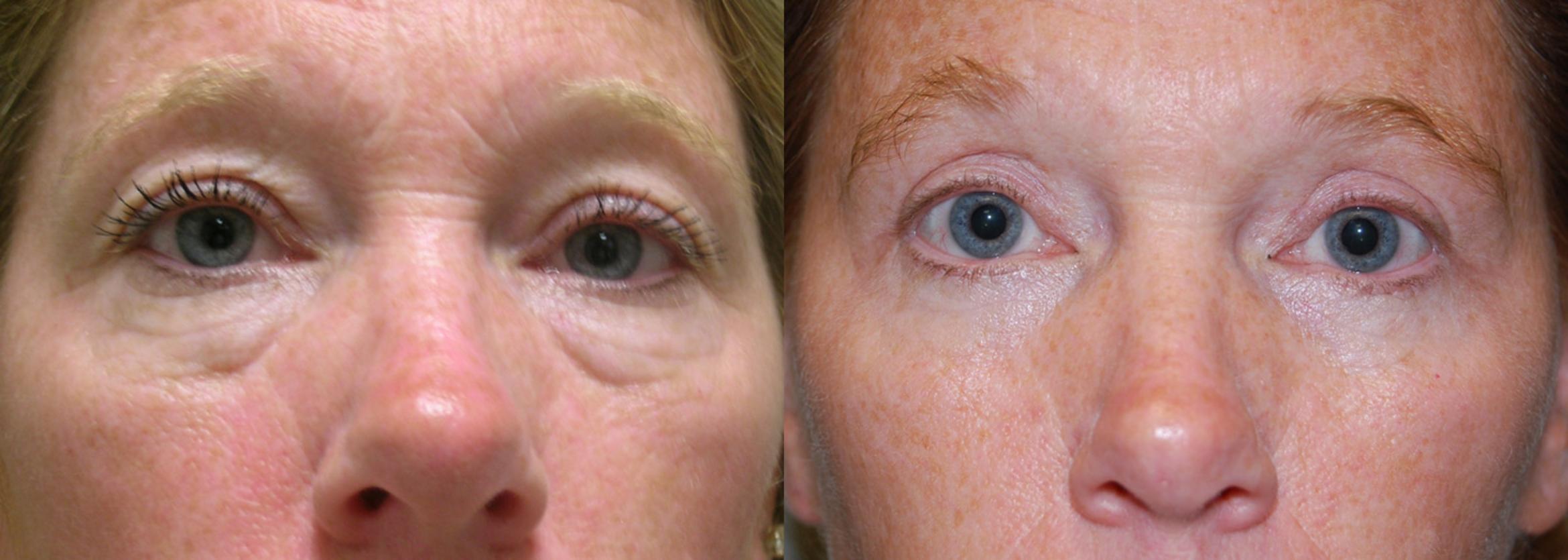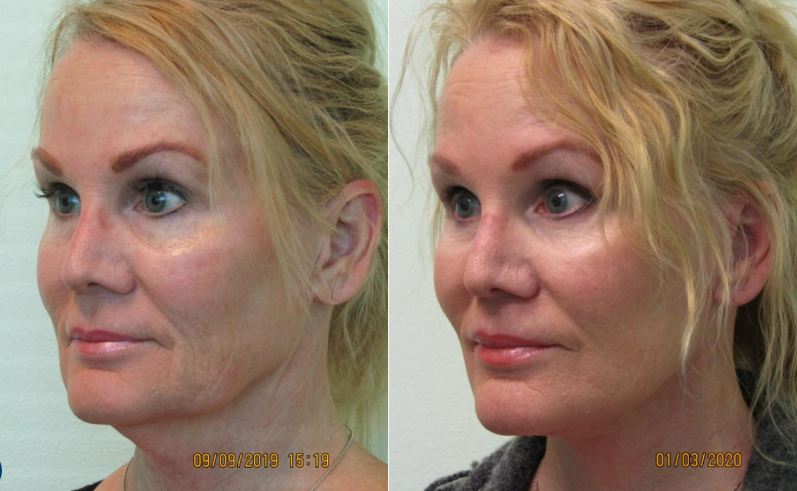
There are many factors that can affect the price of a Rhinoplasty. You will learn how to calculate your insurance coverage and what your cost for rhinoplasty. There are also tips to keep in mind when comparing the cost of rhinoplasty between different hospitals and surgeons. Consider the experience of the surgeon. These tips will help explain why rhinoplasty will be expensive and how much.
Costs for a rhinoplasty vary depending on where one lives.
Costs of a Rhinoplasty depend on the surgeon, where you are located, and what type of reshaping it is. The fees of a surgeon can vary as can post-operative treatment. Don't choose a surgeon based only on their price. Also, you should always request to see the before-and/after pictures on their website. Make sure to check for board certification and fellowships, as well.

Though most insurance policies cover procedures such as rhinoplasty surgery, it is important to review your policy to ensure that you are covered. Although you might not have a high-deductible, it is worth asking about your coverage before you book an appointment. You can also inquire about financing options, even if your payment is cash. Most surgeons offer some sort of financing plan. You can pay a small downpayment and the rest over installments.
Variations in the costs of Rhinoplasty
Although the cost of rhinoplasty can vary across the country, the most important factor is the geographic location of the doctor. Approximately 78 percent of rhinoplasties are performed along the coast, so the cost of plastic surgery in coastal areas tends to be higher. The surgeon's hourly rate, as well as business expenses, will influence the cost of rhinoplasty.
Following rhinoplasty, patients can expect some swelling and bruising. Although this recovery period is not very long, patients should avoid strenuous activity for several days. The nose and below the eyes can experience some bleeding. These bruises will usually disappear within a few months. To reduce swelling, patients need to sleep with their heads raised. The nasal packing, splint and suture will be removed in four to seven business days.
Insurance coverage for Rhinoplasty
Rhinoplasty insurance coverage is dependent on the policy and insurer. Most insurers only cover medically required surgeries. Before you request treatment, make sure you thoroughly research your plan. Patients with breathing difficulties or problems in their noses can benefit from functional rhinoplasty. The surgery may fix broken noses, for instance. If you have sleep apnea, or any other breathing problems, your insurance may cover the cost of the surgery.

In general, Medicare and private insurance won't reimburse you for cosmetic surgery. If the private insurance is part of a high-deductible plan, functional rhinoplasty may be covered by some private funds. HSA members use money from their pretax health savings accounts to pay for eligible medical services. If your policy covers cosmetic surgery, your insurance may cover the cost associated with rhinoplasty. If in doubt, consult your doctor and ask if you are eligible to be covered by any special plans.